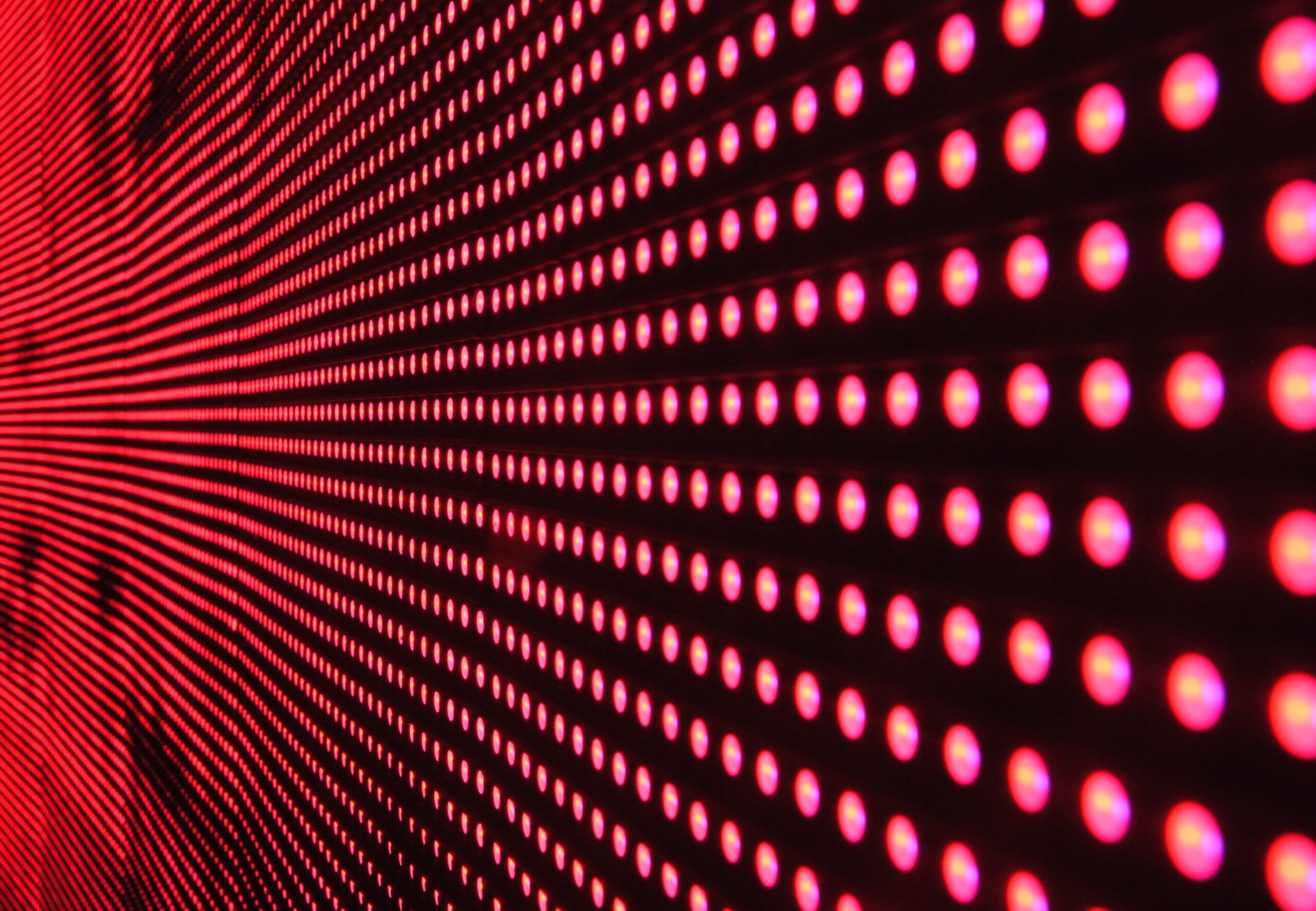
What is Art… and how can LiDAR technology be used to create it?
The age-old question of ‘what constitutes Art’ is not something that we feel we could (or necessarily should) answer here. However, we do feel better placed to comment on the rising trend of how technology can be used to help to create Art, and in particular the part that LiDAR technology can play in the process.
LiDAR (Light Detection and Ranging) technology has found innovative applications in interactive art installations, enabling artists across the world to create dynamic and immersive experiences.
In the last year, we have certainly seen a dramatic rise in enquiries about our range of LiDAR devices in relation to this type of application. As the precise and real-time sensing capabilities of LiDAR open up a wide range of possibilities for artists to create dynamic and responsive artworks, it is easy to see why the technology is being used to push boundaries and create new interactive forms of art.
Here are just a few of the ways that artists are using LiDAR technology in this very creative space:
1. Presence Sensing and interactive sculptures: The LiDAR sensors work to determine how close visitors are to certain elements of the installation. This information can then be used to trigger effects as a reaction to the presence of viewers.
2. Gesture recognition: artists can use the data derived from the LiDAR sensors to detect and track the movement of visitors, allowing their gestures to control elements of the artwork, such as changing colours, shapes, or animations.
3. Dynamic Lighting: LiDAR sensors can be integrated with lighting systems to create dynamic and adaptive lighting effects. For example, the lighting in an art installation can change based on the position and movement of visitors, thus enhancing the overall experience.
4. Audio Experiences: LiDAR can be used to detect a viewer’s location and adjust the audio experience accordingly. An example of this could be different sounds or music played based on where a visitor is situated within the installation.
5. Augmented Reality (AR) and Virtual Reality (VR): LiDAR equipped devices, such as smartphones and AR/VR headsets can allow artists to merge digital and physical worlds seamlessly. This can result in mixed reality art installations where digital objects interact with the real environment and respond to user movements.
6. Spatial mapping: LiDAR can create detailed 3D maps of the environment. This can allow artists to understand the spatial layout of a room or area and then design installations that respond to the specific geometry and architecture of the space.
7. Observation and planning: On a more practical note, LiDAR sensors can be strategically placed throughout the installation to capture data on the movement of visitors. By analysing the data collected by these sensors, organisers can gain insights into how visitors move through the space, which exhibits they visit, and how long they spend at each location.
Of course, this is by no means an exhaustive list of the ways LiDAR technology can play a part within this exciting field. And with increasing numbers of digital art exhibits opening across the World, we are sure that developments in this area will only increase in the next few years.
We have a number of products that we would recommend for use in this area including the compact and versatile UST range from Hokuyo and the longer distance 3D Quanergy LiDAR’s. You can find out more about this and our full selection of LiDAR scanners here. And make sure to stay up to date with all our news, insights and product developments by following us on LinkedIn and X.
Popular news

What is Art… and how can LiDAR technology be used to create it?
LiDAR has found new applications in interactive art installations, enabling impressive immersive experiences.
Read more
How does LiDAR compare to camera and RADAR technology?
Comparison of LiDAR (Light Detection and Ranging), Camera and RADAR (Radio Detection and Ranging) technology.
Read moreGet expert advice on which product is best for you:
Germany: +49 7824 70397-50
United Kingdom: +44 1666 660016
Get in touch